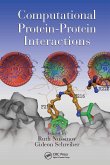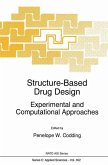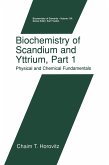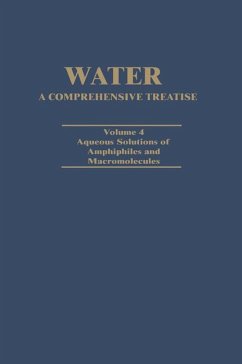Nowadays, the computational techniques provide a valuable tool helping in the design of a new drug. The estimation of the protein-ligand binding free energy is the heart of the computational drug-discovery process. The book treats different biological problems and dealing with different computational methods ranging from the high sophisticated to the less accurate one. Briefly, it covers the theoretical basics of the computational methods used in this thesis. The first biological problem treated here is the calcium binding properties of one EF-had protein (Human Centrin 2). The second category of the biological problems treated in the book, is the interaction of proteins with small molecules like the catechins binding into STAT1 protein and the fixation of the bisabolol molecule on the surface of BID protein. This book targets the beginner and medium computational chemistry level. It gives very good opportunity for training on how the computational chemist benefits from the available techniques and use it where it necessary. Another interesting issue of this book is the training on how to use and analyze the available information to be the experimental and the theoretical
Bitte wählen Sie Ihr Anliegen aus.
Rechnungen
Retourenschein anfordern
Bestellstatus
Storno








